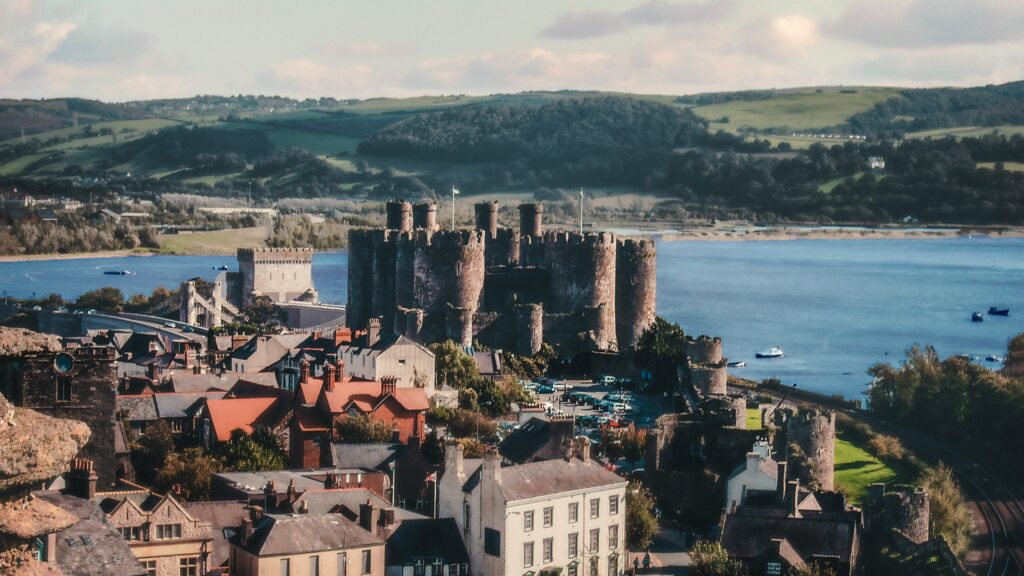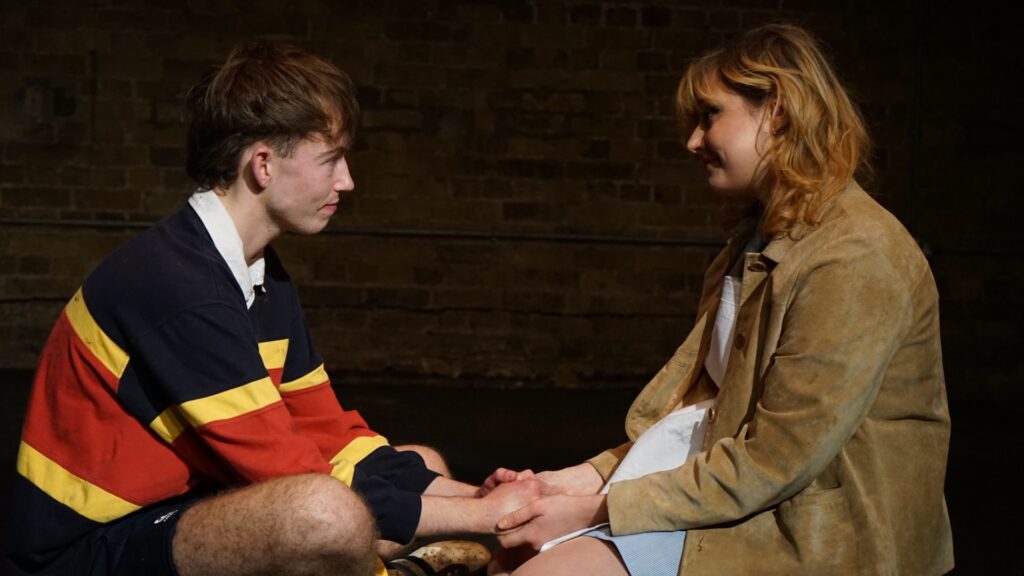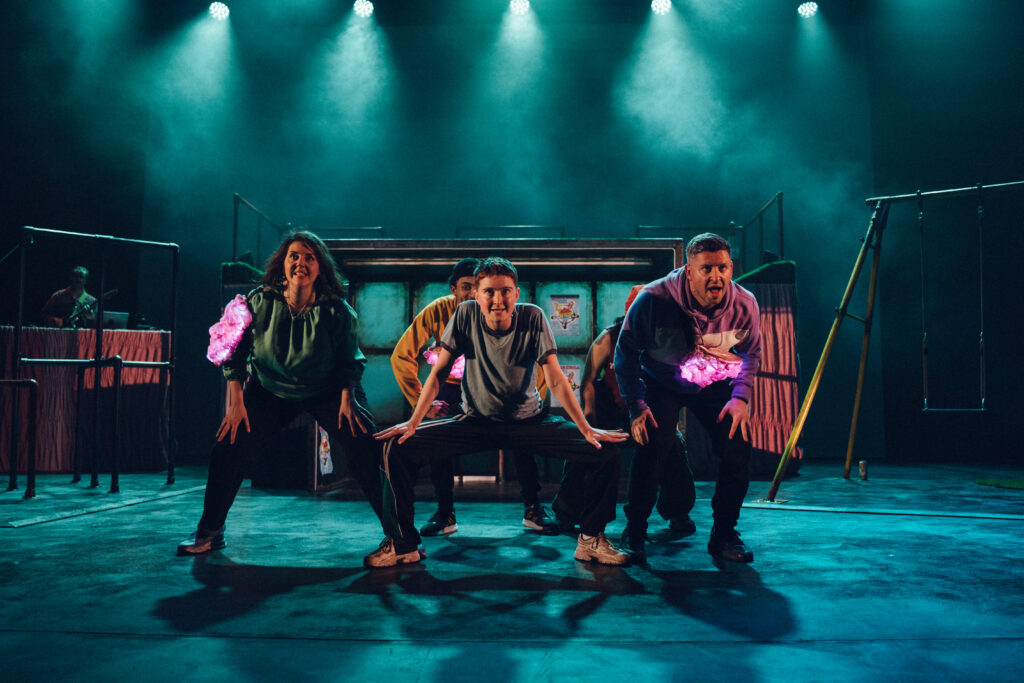Derek Jones celebrates the refurbishment of a north Wales artistic jewel
Oriel Mostyn in Llandudno has been dark for three years, a deprivation which has been easier to bear because we knew that, once refurbished, it would be even more flooded with light, its great hallmark, than before. Purpose-built, when it was founded in 1901, it always seemed an almost perfect gallery, lit from above, high-ceilinged, white-walled, calm and atmospheric. Externally, the terracotta façade suggested warmth and elegance; internally, even the relatively small space available allowed successive directors to present shows of the highest quality without them seeming precious.
 The Mostyn was not, however, perfect in every respect. Until 2007, you entered along a corridor into which was squeezed a reception area and shop with no room for display. There was no café or bar, to which regulars might go to discuss what they had seen, or to which those on the brink of enjoying contemporary art could repair to get some sense of the atmosphere. Worst of all, because there were only two gallery spaces, you could only run one show at a time; whenever an exhibition changed the whole centre, apart from the craft shop, had to close down, while the current exhibition was dismantled and the next one installed. There was no ‘upstairs’. None of that affected the quality of what the gallery had to offer, but there was, obviously, much more that could be done, given a vision of what could be achieved with more space and resources.
The Mostyn was not, however, perfect in every respect. Until 2007, you entered along a corridor into which was squeezed a reception area and shop with no room for display. There was no café or bar, to which regulars might go to discuss what they had seen, or to which those on the brink of enjoying contemporary art could repair to get some sense of the atmosphere. Worst of all, because there were only two gallery spaces, you could only run one show at a time; whenever an exhibition changed the whole centre, apart from the craft shop, had to close down, while the current exhibition was dismantled and the next one installed. There was no ‘upstairs’. None of that affected the quality of what the gallery had to offer, but there was, obviously, much more that could be done, given a vision of what could be achieved with more space and resources.
£5.1m having been secured from the Arts Council Wales Capital Lottery Fund, the Heritage Lottery Fund, the Welsh Assembly Government, the Colwinston Charitable Trust and other sources, work started in 2007 on a plan to increase display space from 210 square metres to 425 square metres, creating four new galleries and two smaller exhibition spaces, the whole renovated building, true to the original architectural vision, incorporating a saw-tooth roof allowing light to continue to play an essential part in the exhibitions. An education room has been added to take forward Mostyn’s extensive work in local schools and with community groups. An elegant and spacious shop, offering ceramics, jewellery, scarves, cards and books, fronts on to Vaughan Street. And, on the second floor, there is Lux, an appropriately-named café, seating 60, with views to the promenade and the sea. At the centre of the new Mostyn, allowing circulation between the various rooms, stands what is already known as ‘the Tube’ a beautifully modelled concrete capsule inserted into the old building, including a corridor which invites you in and a staircase to take you up to the café. Outside, the facade has been renovated, and the steeple – a feature, I must confess, I had never previously noticed – has been clad in gold coloured tiles, paid for by public subscription.
The refurbishment has been directed by Dominic Williams, of Ellis Williams architects (London and Berlin), who provided a similar service to the highly successful Baltic in Gateshead on the south bank of the Tyne. Martin Barlow, director of the Mostyn, described it, modestly, as ‘a vessel for art’. That it certainly is, but it is also a rich addition to the Welsh cultural scene, and is now the biggest space for contemporary fine art in Wales; it may, perhaps, provide some consolation for those who felt let down when the Cardiff Centre for Visual Arts was closed, after only a year of life, in 2000. The new Mostyn opened its doors to friends and supporters last Friday evening, and to the general public on Saturday morning.
25 established and emerging artists and artist partnerships have contributed to the opening show of the new regime, We have the Mirrors, We have the Plans. At a simple, prosaic level, this might be taken as a representative sample of work now being done in Wales. That would be well and good, but there is more to the exhibition than that. It is, first of all, fun, inviting us to look at such everyday objects as a table setting, or a ball of dust, in altogether new ways (if we think of them at all!). But it is also intellectually stimulating: the artists were asked to study a list of Ideas which changed the World, compiled by the historian Felipe Fernandez-Armesto for a book of that name published in 2003, and to nominate perhaps ten of them which had had most influence on their work.
Among the ideas chosen by Dafydd Fortt, the landscape artist and wallpaper maker (Cymcynfelin Woods. 11109 footsteps, Autumn 2008, 2009), are, ‘Lords of Creation: the idea of reshaping Nature’, and ‘Silent Springs: the idea of environmentalism’. Richard Higlet/Wally French (we can’t actually be sure whether this is one person or two, such is his or their enigmatic but brilliant display of decorated paint brushes, All the Stars in Heaven) go for ‘Dreamtime: the idea that the world is an illusion’, and ‘Cogito Ergo Sum: the idea that individual existence is verifiable’, among others. Miranda Whall’s digital video, Marine Dialogues, 2008, may be illuminated by her choice of ‘The Second Sex: the idea of feminism’, and ‘A Golden Age: the idea that all humankind is equal’. Cecile Johnson Soliz, whose Vases for a Painter of Still Lives, 2003-4, provides a more traditional ceramic interlude, chooses, among others, ‘Extreme Optimism: the idea of socialism’, ‘Just say No: the idea of civil disobedience’ and ‘Chaos Theory: the idea of unpredictability’.
Fernandez-Armesto’s compilation adds radical – political and philosophical – dimensions to the riches of the show, but they should not be applied too literally or mechanistically. They certainly take us well beyond the many, sometimes barely comprehensible, manifestations of some modern cultural theory. But of course, the works can be enjoyed entirely for their own sake. David Nash directs us once again to the qualities of wood (in this case, yew) in Red Cuts, created this year. Bedwyr Williams amusingly confronts us with a door on which is inscribed the legend ‘Bedwyr Williams, Head of Department, Faculty of Fine Art and Design’ (2008); and you will not be able to forget, next time you stay in a hotel, Breakfast Place Setting, evidently a comment on a night he spent at the Gryphon Hotel, Llandudno. Katie Allen’s Autumnal Arboretum, 2009, which owes something to Viennese art deco, is simply beautiful, as are the photographs of Peter Finnemore, which he has created over many years in and around his family home, Gwendraeth House, West Wales.
 You normally expect an art gallery to display completed works. Not at Mostyn! The Junkyard Museum of Awkward Things, the second major exhibition to accompany the re-opening, is, at present, merely a random selection of discarded objects on the floor of one of the new galleries. The Junkman of Africa, otherwise known as Dilomprizulike, will assemble the ‘museum’ over the next three months, which will enable us to come back repeatedly to see the work in progress. The economic and political implications of the installation are suggested by Anders Pleas, head of exhibitions at Mostyn: ‘We like the fact that this installation is opposite the shop, as it prompts questions about the ultimate destination of your typical everyday high street purchase’. This is the project’s first airing outside Lagos, and continues the excellent internationalist emphasis at Mostyn, which has brought artists from Japan and Africa (doubtless a development initiated by Martin Barlow himself, ex- School of Oriental and African Studies, London University) and will in future be extended to Slovenia, Croatia and Serbia. The very local is not, however, by any means absent. A visit to the Mostyn should include time in the café, not just for the refreshment, but for the fact that it contains Darryl Lonsbrough’s semi-permanent exhibition of photographs of the North Wales coast, Along the Line: even here, we are intended to look at the Chester to Holyhead railway in ways we had not thought of before.
You normally expect an art gallery to display completed works. Not at Mostyn! The Junkyard Museum of Awkward Things, the second major exhibition to accompany the re-opening, is, at present, merely a random selection of discarded objects on the floor of one of the new galleries. The Junkman of Africa, otherwise known as Dilomprizulike, will assemble the ‘museum’ over the next three months, which will enable us to come back repeatedly to see the work in progress. The economic and political implications of the installation are suggested by Anders Pleas, head of exhibitions at Mostyn: ‘We like the fact that this installation is opposite the shop, as it prompts questions about the ultimate destination of your typical everyday high street purchase’. This is the project’s first airing outside Lagos, and continues the excellent internationalist emphasis at Mostyn, which has brought artists from Japan and Africa (doubtless a development initiated by Martin Barlow himself, ex- School of Oriental and African Studies, London University) and will in future be extended to Slovenia, Croatia and Serbia. The very local is not, however, by any means absent. A visit to the Mostyn should include time in the café, not just for the refreshment, but for the fact that it contains Darryl Lonsbrough’s semi-permanent exhibition of photographs of the North Wales coast, Along the Line: even here, we are intended to look at the Chester to Holyhead railway in ways we had not thought of before.
I gather that as well as considerable local enthusiasm for the new Mostyn, evident from the very large number of people of all ages who crowded in there on Friday evening, there is a contrary, somewhat pettifogging, opinion gaining a little ground, against the decision to refer to the gallery simply as ‘Mostyn’, rather than ‘Oriel Mostyn’. The same people would, I imagine, object to the use of ‘Chapter’ or ‘Tate’. They should perhaps reflect that Lady Augusta Mostyn founded the original Mostyn in 1901, in protest against the even more pettifogging decision (even for the time) of the Royal Cambrian Academy not to admit the work of women artists to their annual exhibitions. Mostyn was radical in 1901, and continues to be radical now; women artists, meanwhile, are as prominent in the opening show of the new era as one would expect, after the revolution in our understanding of contemporary art which is evident in Tate, Chapter and Mostyn alike.
Oriel Mostyn will be featured on tonight’s edition of The Culture Show, BBC 2, at 7pm








